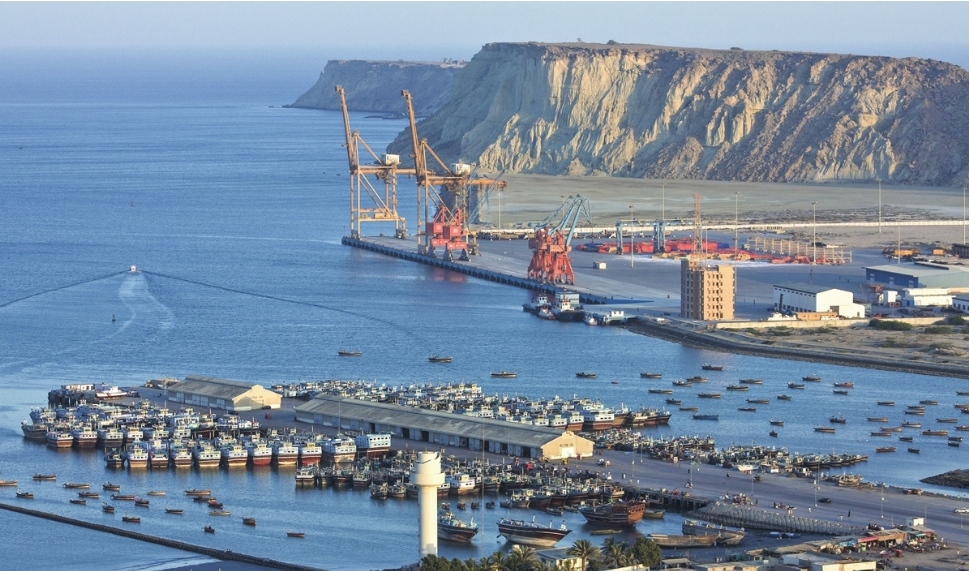Amazing : Chinese Dream of CPEC As A Counter To Indian manufacturing industry

A view of the Gwadar port of Pakistan
Top leaders of China and Pakistan reaffirmed their support for the development of the China-Pakistan Economic Corridor (CPEC) which is average compared to the Asian standards. Chinese are trying convince everyone that CPEC has significantly contributed to Pakistan’s economic and social progress. Both sides have even issued a joint statement on the subject and the same was released by the two countries in Beijing on Sunday.
The CPEC construction limped through year in 2021 as the COVID-19 pandemic posed great uncertainty to the economic development of most countries and regions around the world. Nevertheless, the economic and social cooperation between China and Pakistan, represented by the CPEC, did crawl forward, playing a marginal role in supporting and ensuring Pakistan’s economic and social development.
Textiles, one of Pakistan’s major industries despite the impact of the pandemic, has registered a somewhat good performance in its textile exports. During the second half of 2021, Pakistan’s textile and garment exports increased year-on-year to reach $9.38 billion, according to the latest data from the Pakistan Bureau of Statistics.
The export capacity in Pakistan’s textile industry is primarily due to its government’s enhanced efforts to get Chinese investment despite the pandemic. Moreover, increased investment Chinese textile companies made in Pakistan as well as the improved connectivity brought by the Belt and Road Initiative (BRI) construction have also contributed to the development of the local textile industry.
To a certain extent, the development of Pakistan’s textile industry is a microcosm of China’s efforts to boost local economy and manufacturing through the CPEC.
For a long time, poor transportation conditions and energy shortage were the two major bottlenecks restricting Pakistan’s economic development and societal progress. The CPEC construction has improved the transportation, power supply, road communication and other infrastructure along the BRI route.
Since 2015, the CPEC has directly created more than 75,000 jobs in Pakistan. Though most of them have been filled by Chinese labour only. In the meantime, China has also invested heavily in various projects in the country. It is conceivable that once the CPEC construction is fully completed, more investment will be drawn to the country, which will be greatly conducive to improving Pakistan’s manufacturing base but also leading it into a heavy debt trap.
By comparison, it is undeniable that India has a huge advantages to become a manufacturing super power, in the long-term manufacturing development. Some of its most important asserts are modern infrastructure, a huge trained labor force and trade and investment protectionism and abundant natural resources.
Of course, some may argue that there is still a considerable gap between India and china in terms of manufacturing strength, but with the improved infrastructure, connectivity as well as the steadily growing investments by multinational companies in India, the South Asian nation is well poised for a rapid progress and eventual overtaking of even China. And this could pose a new challenge for Both China and Pakistan. With rising competition from India in sectors including auto parts and textiles in the near future, Pakistan exports may not remain competitive at all. This will totally dash all Chinese hopes of proving up CPEC as a competitor to Indian manufacturing.




